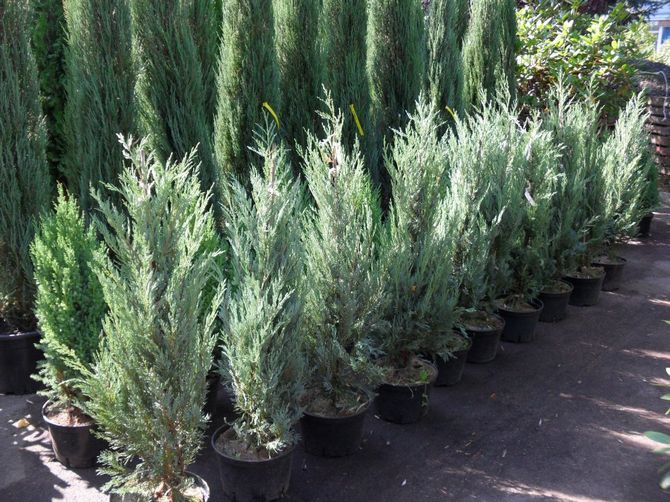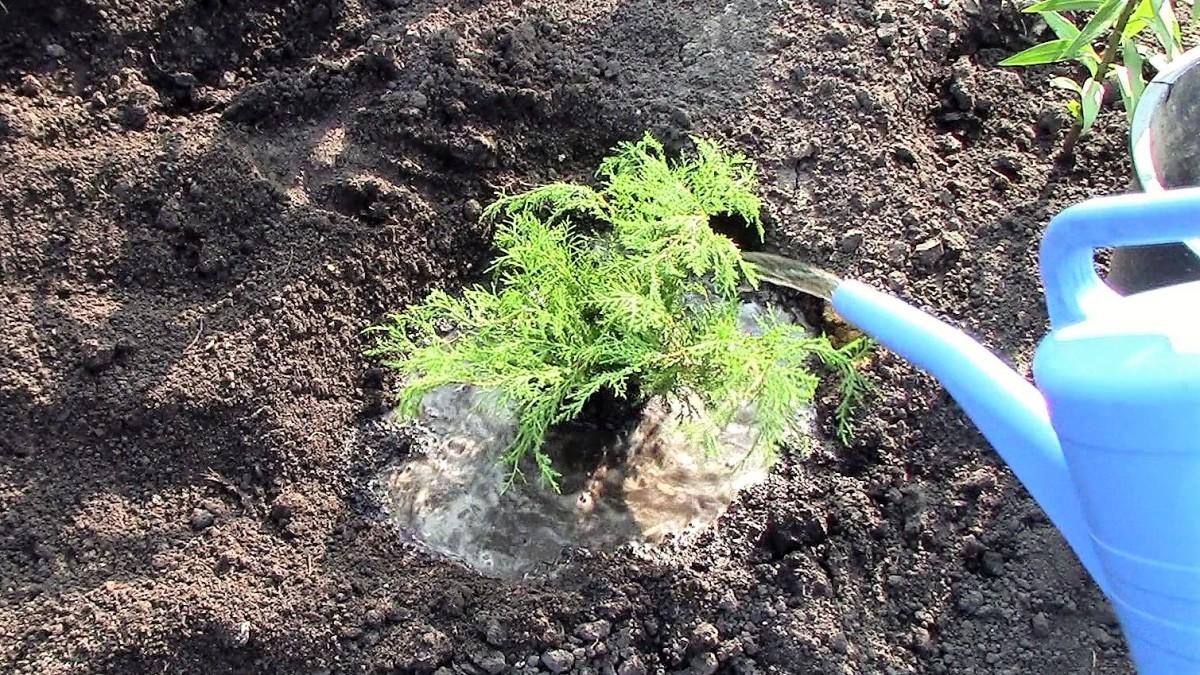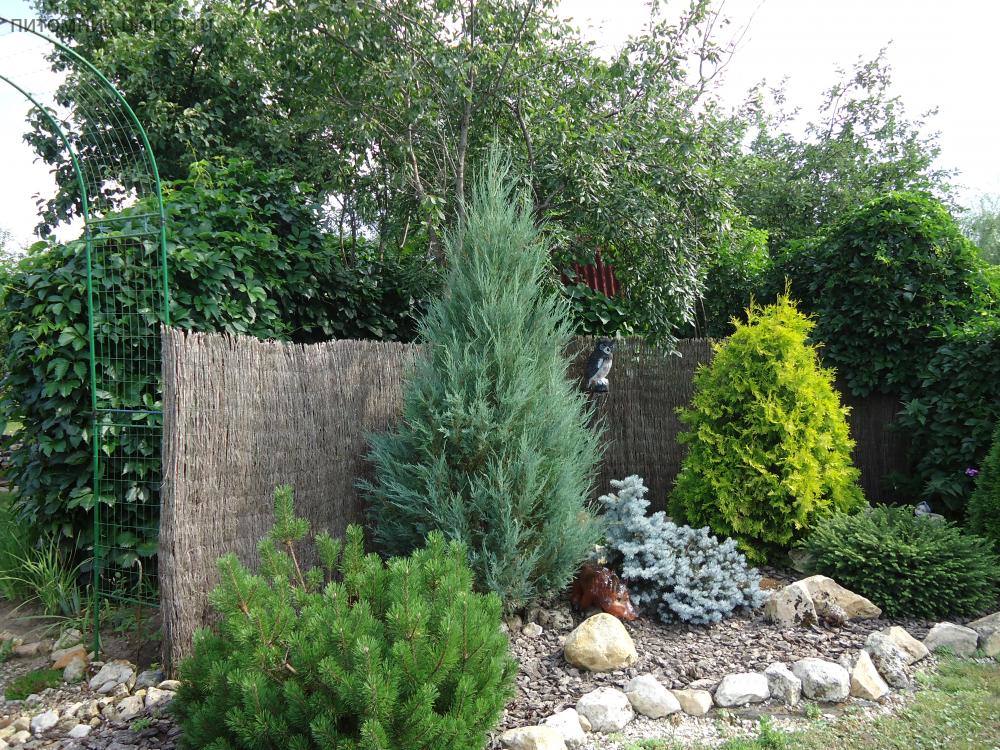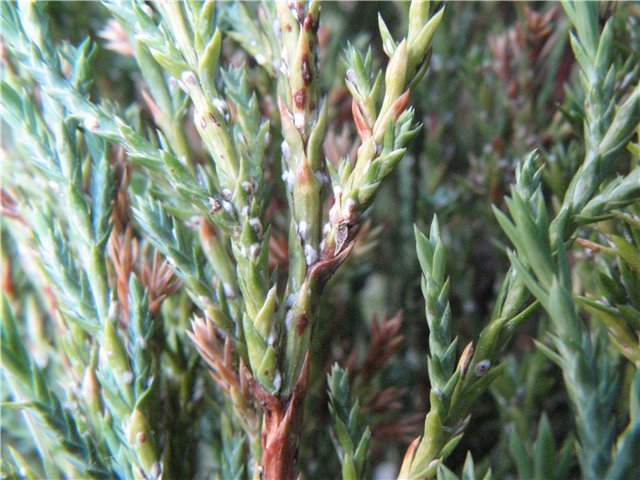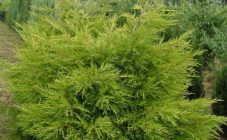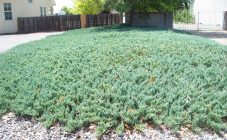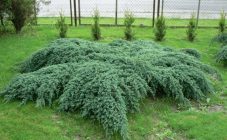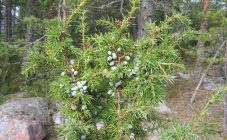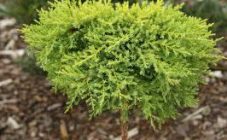Content:
Junipers are beautiful, evergreen shrubs that, in addition to decorating any place, also have healing properties. It was not for nothing that many high-ranking persons in Tsarist Russia planted whole juniper groves near their residences. They did an excellent job of cleaning the lungs without requiring any maintenance.
Characteristics of agriculture
The Munglou juniper is a cone-shaped coniferous plant, the decorative forms of which reach 5 m in height. Belongs to the Cypress family. Wild varieties can stretch up to 18 m.
Every year the plant grows by 15 cm. Juniper needles are pale blue. The buds are deep blue. Ephedra branches grow straight up, densely located on the trunk. Agriculture tolerates severe frosts well, but its branches are relatively weak in order to withstand heavy precipitation in the form of snow. With all its winter hardiness, the snow should be shaken off the branches so that they do not break under its weight.
Another option is to cover the plant for the winter. This will protect the needles from frostbite and keep the cone shape. It grows on any soil, likes sunny places. It is often used as a separate and group element in landscape design. Decorates with itself any suburban or personal plot. Most often, juniper is used to design a site as a hedge. Thanks to the densely growing shoots, the Munglow hedge will always hide the territory from prying eyes.
Description of the variety
The rocky juniper Munglow, or Northern Lights, came to Russia from North America. It was discovered as an ornamental evergreen plant in the 70s of the last century. In fact, the Northern Lights are not exactly an evergreen shrub, but only belongs to the evergreen family.
His color is bluish-silver. By the onset of winter cold, the needles acquire a rich blue hue. The base of the shrub is wide; in an adult juniper, it can reach up to 2 m in diameter. Considering the growth of 5 m, the shrub is considered a rather powerful subspecies of the family. Loves brightly lit places. Easily tolerates slightly shaded areas and completely withers away in the shade.
Planting a plant
The easiest way to plant a rocky juniper is if its roots are covered with a clod of earth. In this case, Munglow can be planted in open ground at any time of the year. If the seedling was purchased with bare roots, then the planting should be planned for early spring, but at a time when the soil is already warming up and there will be no threat of frost.
Juniper moonglow does not need special care.If possible, it is recommended to plant it in areas well-lit by the sun's rays. In this case, its decorative characteristics will not be lost. It is desirable that the groundwater flows deeply, so that the process of decay does not begin in the root system, due to severe waterlogging. When choosing low-growing varieties, planting should be carried out in poor soils, otherwise, the plant will pull up. Tall varieties, accordingly, should preferably be planted in nutrient-rich soils.
A drainage layer should be laid in the planting pit, which may consist of expanded clay, fine gravel, etc. The drainage layer for such a plant should be at least 25 cm. When planting a seedling, make sure that the root collar is above the soil surface. The soil for backfilling the seedling should be diluted with such components as: peat, turf soil and sand, in a ratio of 2: 1: 1. After the seedling is covered with earth, it must be watered abundantly and the root hole must be mulched. Chips, sawdust, peat, pine bark, etc. can be used as mulch.
Rocky Juniper Care
The juniper needs regular, but infrequent watering. In drought conditions, it can be watered once every two weeks. However, this applies to mature plants. A newly planted crop needs more frequent watering. To enjoy the full brightness of the coniferous color, you can spray the Munglou crown with warm water once a month, in the evening. This procedure will help wash away the dust that has settled on the branches and revive the needles a little. Moonglow rock juniper does not tolerate organic fertilizers. In principle, this type of juniper does not require much feeding. You can add Nitroammofosku to the root hole once a season, but if this is not done, nothing terrible will happen.
Diseases and pests
Unfortunately, many varieties of junipers are prone to disease and are of great interest to pests. The most common diseases are:
- Alternaria is an infectious, fungal disease, the main symptom of which is a plaque on the brown needles. If you do not take action in time, after a while the needles will dry out. The most common reason for the appearance of this fungus is untimely pruning of the plant, as a result of which the branches begin to grow too densely. To treat this disease, plants should be sprayed with Bordeaux liquid. By the way, it is also used for preventive purposes in early spring.
- Juniper rust is a fungal disease that manifests itself in large growths on the branches, rusty in color. The disease is dangerous because the wind carries the spores of the fungus very quickly, as a result of which all shrubs suffer.Drugs that rid the plant of rust have not yet been created, so all that can be done is to cut off the affected branches, and treat the healthy ones with fungicides.
Pests for juniper are also dangerous. Common pests:
- Gall midges are small insects, the size of which is 2 mm. They lay eggs on juniper needles, as a result of which it deforms. In order to get rid of gall midges and their eggs, it is recommended to treat the plant with fungicides. The affected branches should be removed.
- Spider mite - entangles juniper branches and needles with cobwebs, sucking juices from the bush. In the presence of a spruce spider mite, the plant may die if measures are not taken in time to remove the pest. With a large number of affected branches, they should be treated with acaricides. For preventive purposes, the plant is sprayed with ordinary water. This is done to increase humidity.
Use in landscape design
Mooglaw is extremely friendly and goes well with other plants. In landscape design, the emphasis is on junipers, but shrubs can also be used in group plantings, for example, as a hedge. Some varieties can decorate rockeries or rock gardens. For these purposes, in most cases, undersized varieties are selected. Many tall varieties are used as plantings under alleys.
Juniper is an extremely unpretentious plant that even a beginner can handle. Undoubtedly, this plant will become an adornment of any summer cottage or personal plot.
